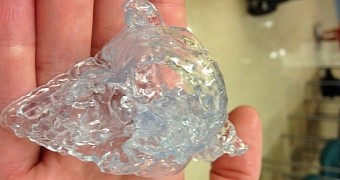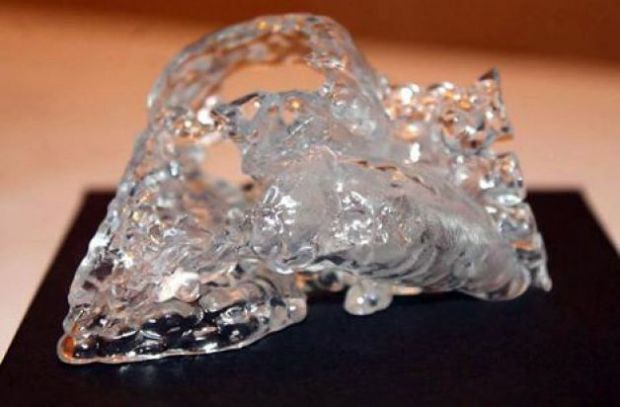There are many things that can save a person's life, from direct intervention to sheer blind luck, but some events are worth reporting. The case of the 3D printed baby heart is arguably one such case.
It's not an actual heart. While we'd love to say otherwise, if only for the scientific value, man has not, in fact, created a reliable way of constructing a heart from scratch.
Admittedly, there are some 3D printing processes that can create living tissue, maybe tiny livers, but even those are 3D bioprinted techniques that need stem cells or other cell colonies to do anything.
The heart we're about to look at is actually a model made from a transparent material that may or may not be silicone.
The 3D model was used as a planner
A baby who was only 2 weeks old was diagnosed with a congenital heart defect that essentially riffles the heart with holes. Obviously, that's not a good thing. The baby would have suffered major injuries and probably died eventually, in pain too.
Fortunately, the doctors at the Morgan Stanley Children’s Hospital located in Upper Manhattan, New York, had a solution. Or, rather, one of the Brooklyn surgeons did.
After conducting an MRI scan, the surgeon and his team were able to create a 3D printed model of the heart.
This gave them a pretty accurate idea of where the holes were, letting them know exactly what they were going into if they pushed forward with an operation.
Normally, the surgery would need the doctors to stop the heart and basically look inside the baby's chest to decide what to do and when. It can even take more than one operation, since the body, brain especially, can't survive for long without constant blood flow. They'd have to restart the heart, go plan the surgery, then come back.
The 3D model of the heart let them know in advance what was what, so they managed to more or less fix the heart in a single surgery. The baby should lead a mostly normal life thanks to this.
This was worth a lot more than you think
Babies are tiny things, which means that the heart was a very tiny thing as well. That means that the holes covering the organ were particularly small. Because of that, the risks were high, and would have been much higher if the surgeons didn't have the model to memorize the locations from.
Hopefully 3D printing, and any other great ideas that may come up, will continue to help doctors save lives.

 14 DAY TRIAL //
14 DAY TRIAL // 

